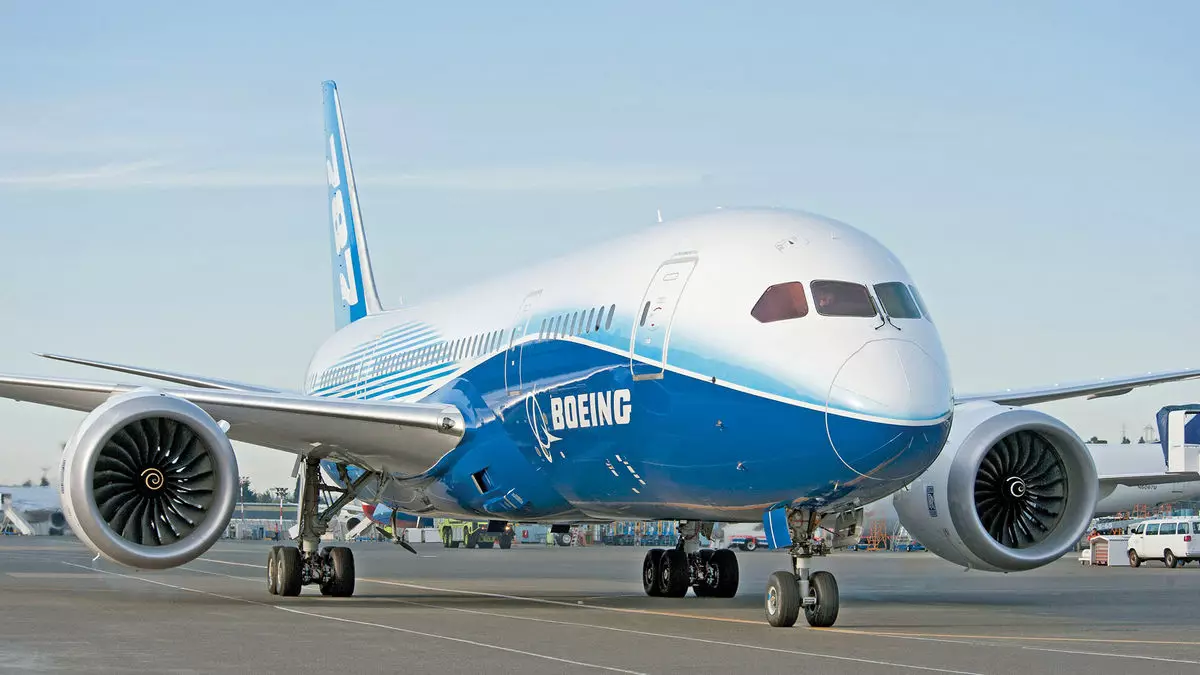Boeing has recently faced safety concerns regarding their 787 Dreamliner jets, specifically related to cockpit seats. The Federal Aviation Administration (FAA) has mandated inspections of cockpit seats on these jets after a terrifying incident occurred during a flight by Chile-based Latam Airlines. The captain’s seat unexpectedly lurched forward, disconnecting the plane’s autopilot system and causing the aircraft to go into a dive. This incident resulted in injuries to several passengers and highlighted a critical flaw in the design of the cockpit seats.
The FAA order, set to be published soon, will require operators of 787 Dreamliners to inspect pilot seats for missing or cracked caps that cover a switch used to move the seats. This mandate comes after multiple reports from Boeing of cockpit seats moving inadvertently during flights. The safety of passengers and crew is paramount, and these inspections are crucial to prevent future incidents that could jeopardize the safety of flights.
In addition to the issues with cockpit seats on the 787 Dreamliners, Boeing has also faced challenges with engine components on its new version of the 777 jetliner. Test flights of this model have been halted after the discovery of a damaged structural part between the engine and the rest of the plane. This structural issue, specifically cracks on a component called the thrust link, poses a significant risk to the aircraft’s performance and safety.
Boeing has taken proactive measures to address the safety concerns related to the cockpit seats on the 787 Dreamliners and the damaged structural part on the new version of the 777 jetliner. The company has recommended inspections of cockpit seats for loose caps and provided guidance on disabling power to the seats in case of malfunction. Additionally, Boeing is replacing the faulty components in the 777-9 and conducting thorough investigations to understand the root cause of the issues.
Boeing has been transparent in its communication with regulatory authorities, such as the FAA, and airlines about the safety issues affecting its jets. The company’s commitment to safety and quality is evident in its response to these incidents, demonstrating a willingness to address any potential risks promptly and effectively. By working closely with regulators and industry stakeholders, Boeing aims to ensure the safety and reliability of its aircraft for passengers and crew.
Safety inspections and compliance with regulatory mandates are essential to maintaining high standards of safety in the aviation industry. Boeing’s response to the recent safety concerns with its 787 Dreamliners and new 777 jetliner reflects the company’s commitment to prioritizing safety above all else. By conducting thorough inspections, addressing identified issues, and collaborating with regulatory authorities, Boeing is taking the necessary steps to ensure the continued safe operation of its aircraft.

